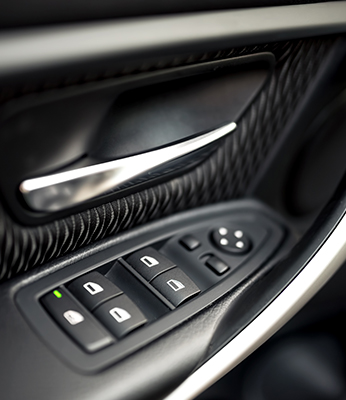Choose Your Language
Request a Quote
Ultramid® Vision
- Home
- Supplier Products
- BASF
- Ultramid® Vision

The First Semi-Transparent Polyamide
BASF has now succeeded in developing Ultramid® Vision, the first semi-crystalline polyamide that allows light to pass through largely unhindered. Compared to opaque standard polyamides, Ultramid® Vision shows very high light transmission with low light scattering.

Ultramid® Vision has physical and thermal properties which are largely comparable to those of conventional unreinforced PA6 compounds, but stands apart from these compounds significantly because of its exceptional visual properties.
In addition to the uncolored base grade Ultramid® Vision B3K UN, there is the option of producing specially equipped products featuring diffuse light scattering along with high transmittance (Ultramid® Vision B3K DLT*). Customers can also obtain specially colored products. Alternatively, Ultramid® Vision can be colored with polyamidebased color masterbatches which can be procured from e.g. BASF Color Solutions.
Ultramid® Vision can be employed for manufacturing components in various industries. It is particularly suitable if these components need to provide visual check, visually attractive light design, or illumination. The unique polyamide is UV and temperature resistant, scratch resistant and has intrinsic flame-retardant properties common for polyamides. As a polyamide, it also offers unique chemical resistance compared to other transparent thermoplastic materials in the marketplace. Characteristics and properties found across Ultramid® product lines include:

Compared to opaque standard polyamides, Ultramid Vision displays very high light transmission with low light scattering, proving suitable for use with the illuminated symbols on the window regulators and for setting the exterior mirrors. Typical applications include: